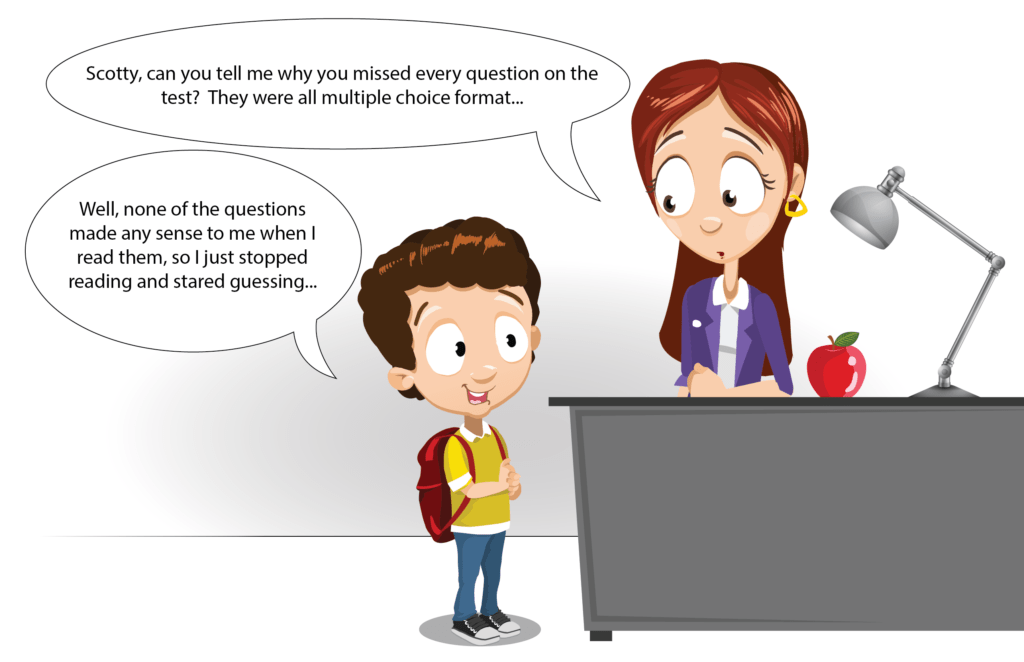The Calibrating Period
In the Calibrating Period, it is important for students to continue developing their mastery of learning work and continue to learn at high levels. In this period, however, we begin to address those elements that actualize the potential of performance we have been building in the student all year. With the goal of making all students proficient performers, we must ensure all students are engaged in work patterns that support learning and performance. This means elements of rigor, engagement, endurance, and effort must be targeted in student work activities. It also means the school’s data management system must generate information based on an analysis of student product identifying the point and cause of breakdown in all non-proficient work. Teachers must address the 5 Legged Model, remembering that if negative attitude is present after 2nd grade, it should be the number one priority followed by perception, knowledge, thinking, and experience.

Rhythm of the Learner Year Timeline


The Calibrating Period is divided into two sub-periods. The first focuses on supporting student development as a performer – especially as a test taker. The second focuses on building independent performance, endurance, and the format facility needed to build fluency and alleviate test anxiety.
Timeframe
The Calibrating Period begins immediately after winter break and lasts until two or three weeks before the Test Period opens.
Goals
The goals for the Calibrating Period focus on building the independence, confidence, and competence needed for all students to demonstrate their potential on a rigorous, complex test.
Priorities for the Formative Period
Academic Leaders
- Monitor all systems and continue to revise as needed.
- Develop or adapt observation tools for the Calibrating Period.
- Visibly support teachers and students in learning and assessment activities.
- Visit all classrooms during instruction time, looking for high-level engagement in effective work, ineffective teacher or student work, escalating rigor in learning work, activities that build fluency, and assessment formats and venues.
- If problems are identified, meet daily with leadership team to form plans B and C.
- Participate in PLC discussions and begin discussions of optimum test environments.
- Meet with student cohorts to begin encouraging and motivating best effort.
- Monitor classrooms and encourage “bell to bell” engagement in learning work.
School Teachers
- Begin directing performance work.
- Assess student status – 5 Legged Model status – and supports students with areas of weakness.
- Link old and new learnings to assessment formats and venues.
- Increase the rigor and complexity of learning work and performing work.
- Link learnings and assessments to real-world examples.
- Embed critical reading, critical thinking, problem-solving, and decision-making and critical writing competencies.
- Continue building student independence.
- Gradually increase the level of rigor for each student’s comfort zone until it reaches the level expected on the state assessment.
- Provide feedback for student work with revision to proficiency.
- Begin preparing students for state assessments – format, venue, and endurance.
- Provide targeted support for all students not mastering performance/assessment competencies.

Interested in Reading the Book?
This book is the aggregation of the research and fieldwork that has gone into our approach to working with struggling schools as well as adding value to blue ribbon schools. We tried to write it in a step-by-step, show your math, chunked out format so that if the leadership team were never able to attend an Ed Directions PD, they could still plan and monitor their school year with the student-focused understanding of the Rhythm of the Learner Year in mind.

